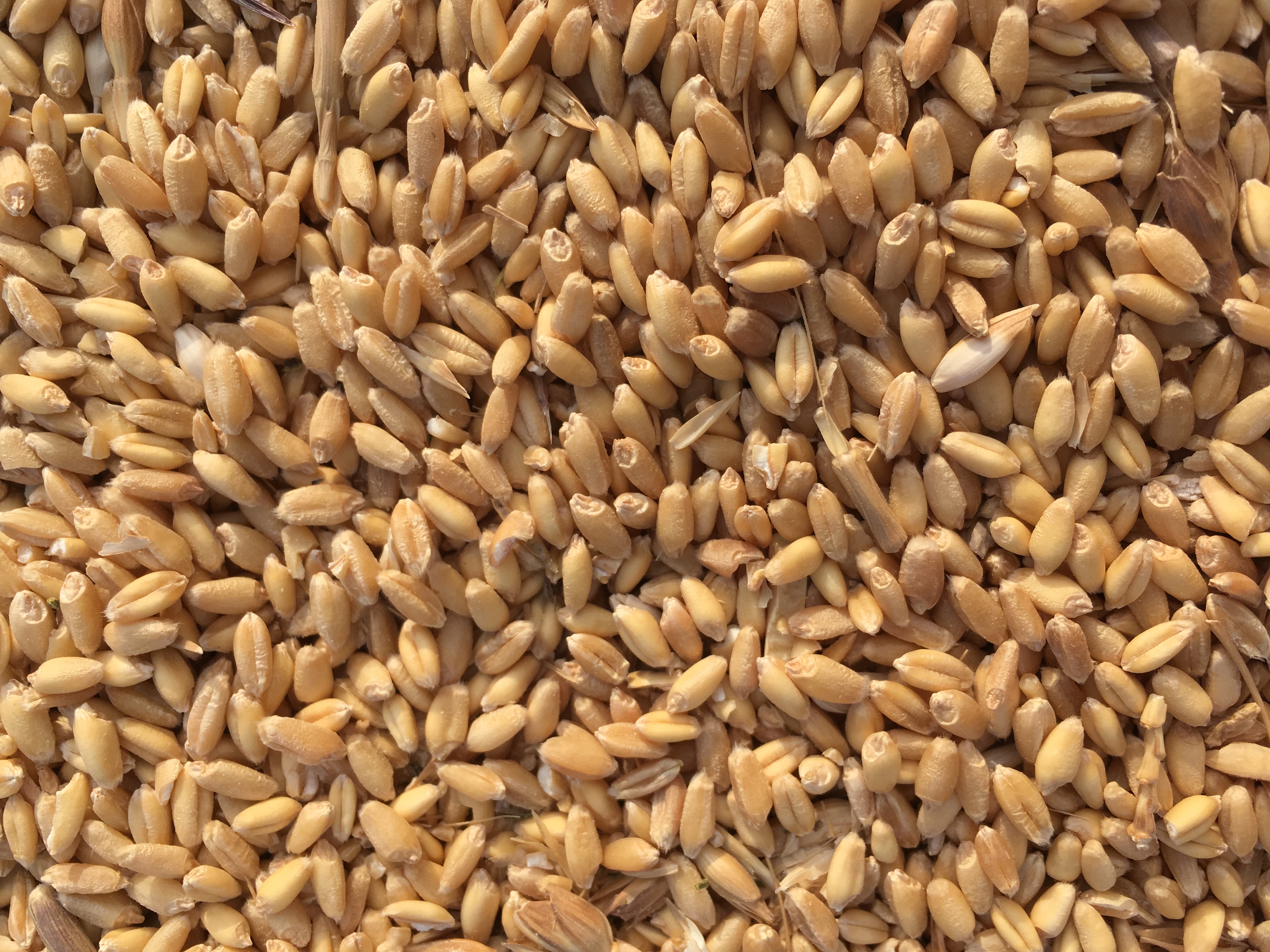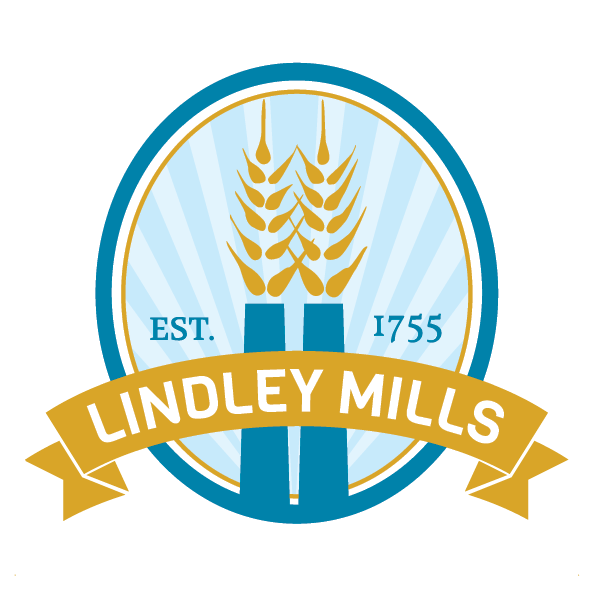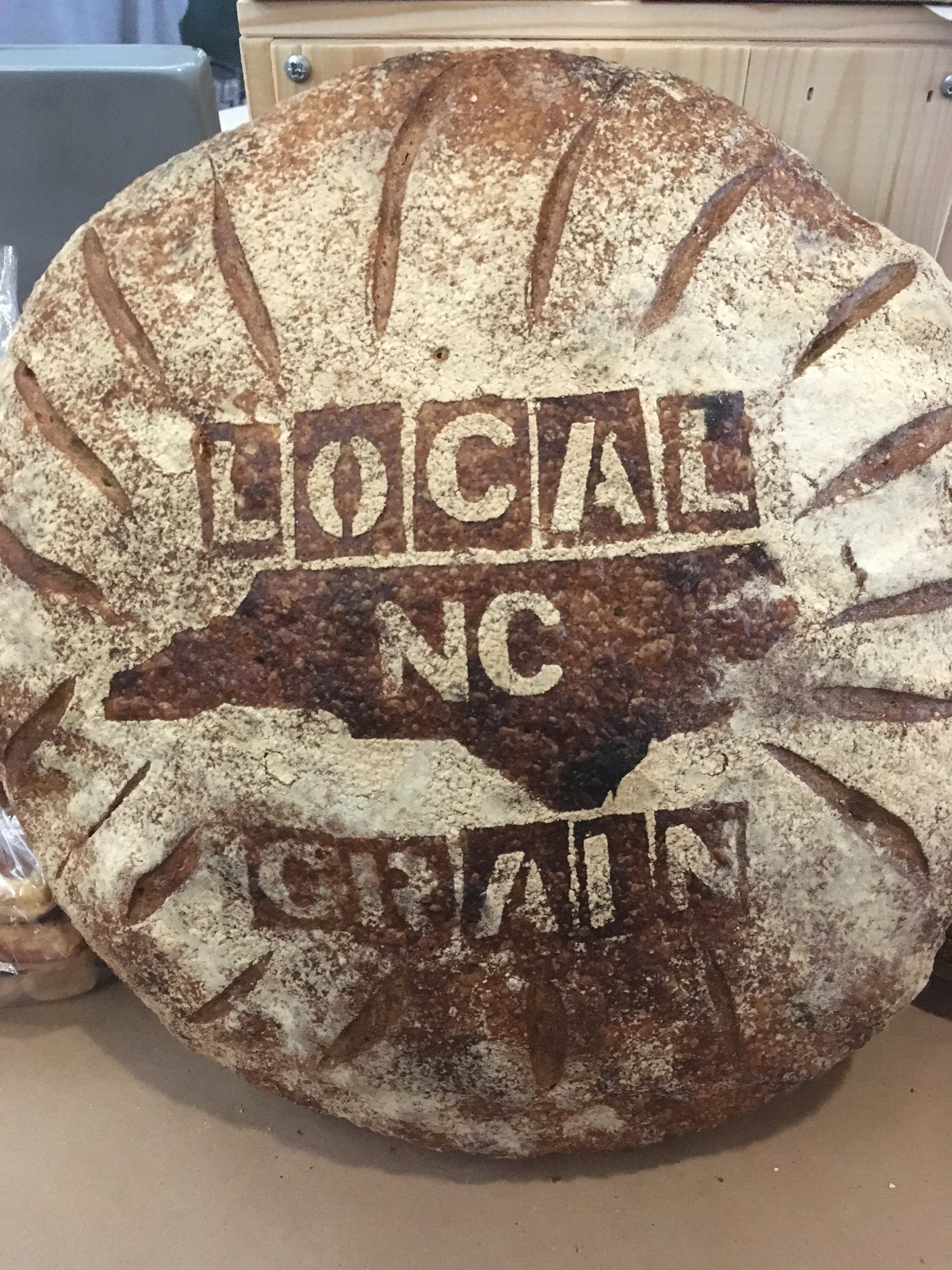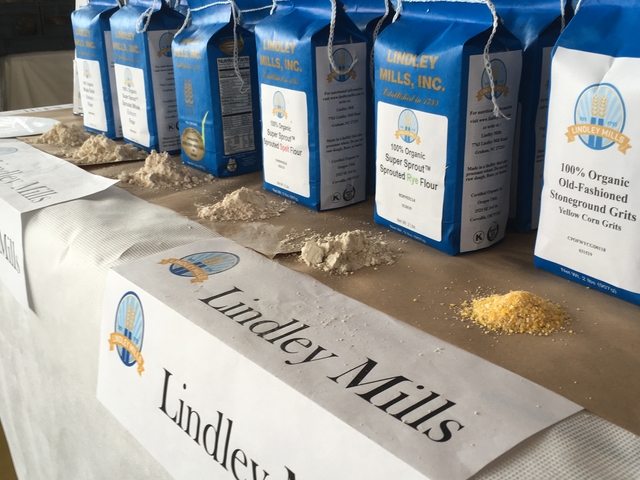With so many varied perspectives and backgrounds on grain we had a farmer, millers, bakers, scientists, and educators who brought years of experience and knowledge to the table. Each is working on a project of sorts that is pushing the boundaries of grain, flour, and baking. From growing new varietals and trial plots, to milling new flours, to testing the incredible microbiology of sourdough starters, we covered the whole lifecycle from seed to loaf.
We know that the consumer is looking for taste first and their opinion matters most because it ultimately provides the long term sustainability of the market. Nutrition and a great story help the customer understand what's behind the grain, but the flavor is the first place to meet them. Super Sprout™ flours are a great way to accopmlish this and we were excited to share what we've learned so far about the implications it has for nutrition, flavor, and our baking community as a whole with the audience.

Education here is really two fold. On the one hand, bakers have to educate consumers' palates, by baking with new grains and allowing them to show their full potential in flavor and nutrition. The farmers, millers, and bakers together have to tell the story of these grains and educate consumers on why they are important for our regional and even national grain economy. This may be a long process, but ultimately, could change the way that our grain system works and provide more biodiversity, nutrition, and flavor options. The farmer, miller, baker connection has to be a strong one, but the consumer has to be on board to build sustainability.
We were so excited to share our ideas on this panel and hear from the other contributors and the public at the Bread Festival. Meetings, discussions, and forums like this advance these ideas and we look forward to taking it further next year!
If you'd like to know (a little) more about some of the ways we support our regional grain economy check out our blog on NC Wheat here.





